Japanese Beetle Control in Colorado
Stop Japanese Beetles Before They Destroy Your Landscape
Effective, eco-conscious treatments for Colorado homes and properties
Those shimmering emerald invaders are back, and they’re hungry. The Japanese beetle might sparkle like jewelry in your garden, but this invasive landscape pest devours landscapes faster than teenagers at a pizza buffet. At Solatera, we’ve witnessed the aftermath of their feeding frenzies across properties throughout our region. Trust us—you don’t want to see what happens when this invasive species throws a dinner party in your yard.
The Threat to Your Landscape
Why Japanese Beetles Are a Major Concern in Colorado
Colorado’s meadow voles and prairie voles thrive in our climate, creating extensive tunnel networks. These voles establish complex runways connecting multiple burrow entrances across properties. Prairie voles particularly flourish in Colorado’s grassland areas, while meadow voles prefer gardens with dense vegetation and rich soil conditions.
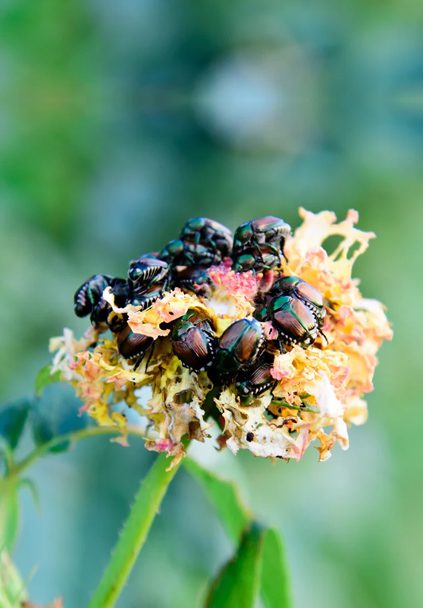
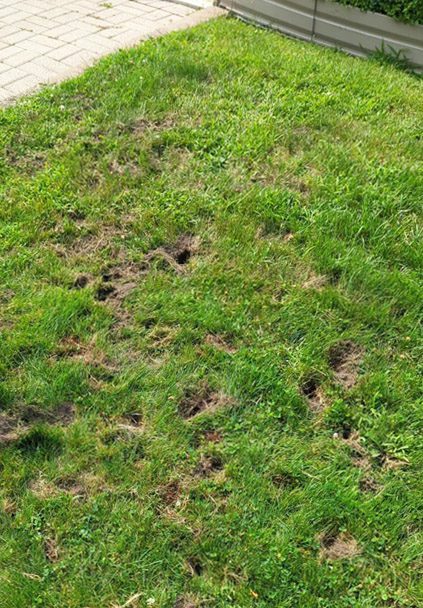
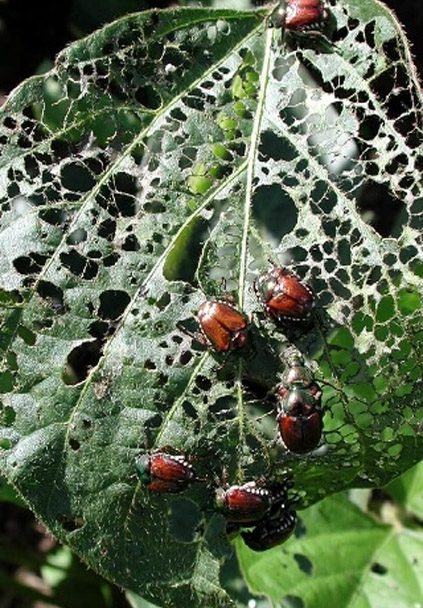
Our region’s diverse plant palette becomes an all-you-can-eat buffet for these destructive insects. Roses lose their romantic appeal when reduced to thorny sticks. Grape vines surrender their fruit dreams to relentless appetites. Fruit trees, linden, birch, and countless ornamental plants fall victim to their insatiable hunger.
The real nightmare happens underground where grubs tunnel through turfgrass root systems like subterranean demolition crews. Brown patches appear overnight as grass roots disappear. Your pristine turf develops dead zones that peel away like old carpet remnants.
Secondary damage compounds the primary destruction. Raccoons and skunks arrive for midnight feasts, excavating your yard into moon crater landscapes. What starts as foliage damage becomes a wildlife excavation project that requires expensive restoration.
Infestations multiply exponentially without intervention. One gravid female produces dozens of offspring. Those offspring mature into reproduction-ready adults within a single season. Early detection and rapid response prevent localized problems from becoming neighborhood-wide disasters.
How to Spot an Infestation
Know the Signs Before the Damage Becomes Irreversible
Skeletonized leaves provide the most obvious evidence of activity. These pests consume leaf tissue between veins, creating delicate lace patterns that might look artistic if they weren’t destroying your plants. Rose bushes, grape vines, and fruit trees show this distinctive feeding pattern first.
Adult Japanese specimens cluster on sunny flower heads and tree canopies during peak feeding hours. Morning and early afternoon present prime spotting opportunities when they aggregate on preferred host plants. Look for metallic green clusters on white flowers, particularly roses and ornamental fruit trees.
Turf damage appears as irregular brown patches that feel spongy underfoot. Affected sections lift easily when pulled, revealing severed roots and white C-shaped grubs beneath the surface. Healthy grass requires substantial force to remove, while damaged sections peel away effortlessly.
Nocturnal animal activity increases dramatically around properties with extensive populations. Raccoons, skunks, and birds create cone-shaped holes while hunting for protein-rich larvae. Fresh digging appears overnight, particularly in areas with established colonies.
Timing matters for accurate identification. Adults remain active from early June through August in our climate. Activity peaks during late summer and early fall when larvae actively feed before winter dormancy.
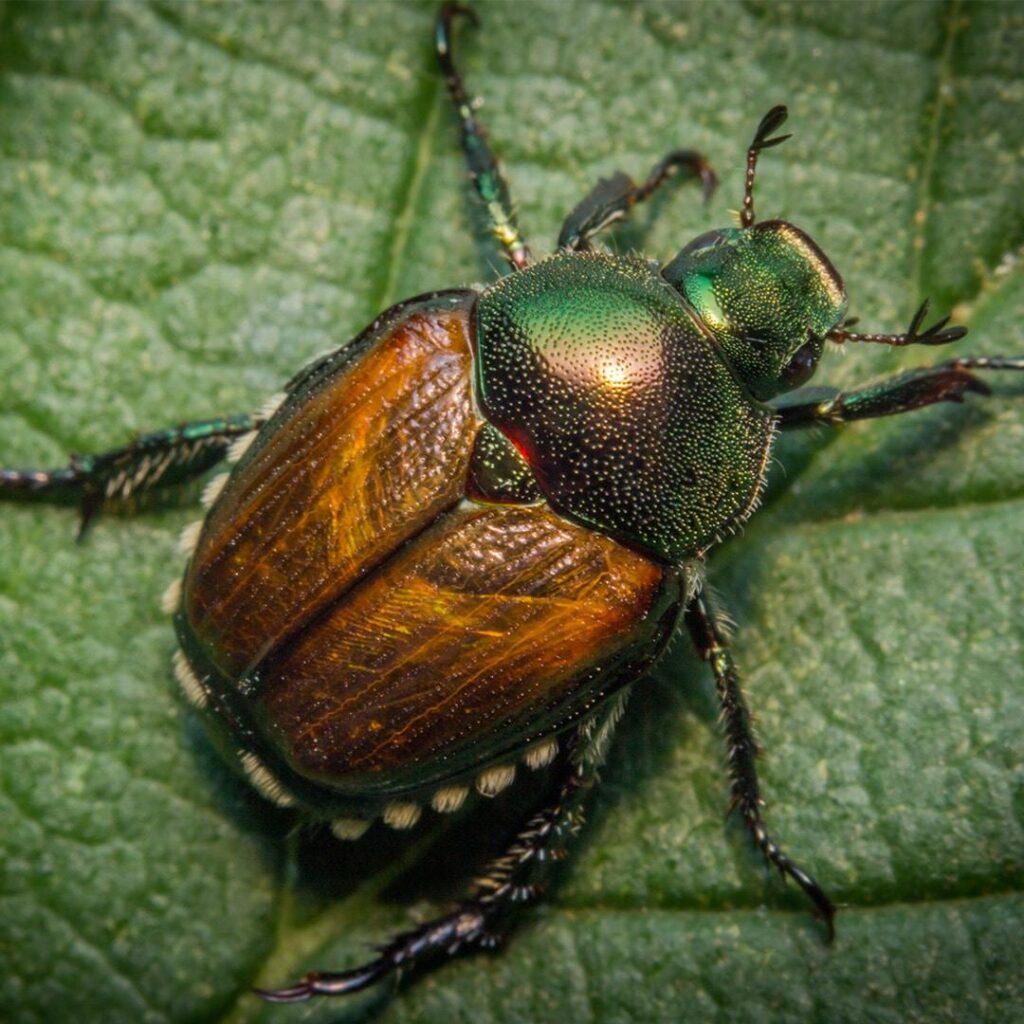
Our Multi-Stage Treatment Approach
Complete Control of Both Adult Beetles and Larvae
Comprehensive Inspection
Our licensed technicians conduct thorough property evaluations to map activity zones and assess damage severity. We identify preferred host plants, evaluate populations in turfgrass areas, and document infestation levels throughout your landscape. Soil moisture levels, plant health status, and environmental factors receive careful analysis during this initial assessment.
Targeted Adult Elimination
Precisely timed foliar applications target adults during peak activity periods. Professional-grade insect control formulations eliminate egg-laying females before reproduction occurs. Application timing synchronizes with emergence patterns specific to elevation and climate zones. Coverage focuses on preferred host plants while protecting beneficial pollinators through careful neem oil applications when appropriate.
Population Suppression
Soil-applied options penetrate turfgrass root zones where larvae feed and develop. Beneficial nematode applications provide biological suppression options for environmentally sensitive areas. Targeted eradication methods eliminate developing larvae without harming earthworms or other beneficial soil organisms. Application timing coincides with peak feeding periods for maximum effectiveness.
Long-Term Prevention Strategy
Seasonal monitoring programs track population trends and identify emerging hotspots before damage occurs. Landscape modification recommendations reduce future attraction factors. Recurring service schedules maintain suppression throughout activity seasons. Property-specific prevention plans address unique vulnerability factors through integrated pest management approaches.
Smart Prevention for Lasting Results
Reduce Future Infestations Without Harming Pollinators
Strategic plant selection dramatically reduces attraction to vulnerable landscape areas. Replace magnets like roses and fruit trees with less appealing alternatives such as boxwood, hydrangea, or ornamental species in high-risk zones. Native plants typically experience lower pressure than non-native ornamental varieties popular in traditional landscaping.
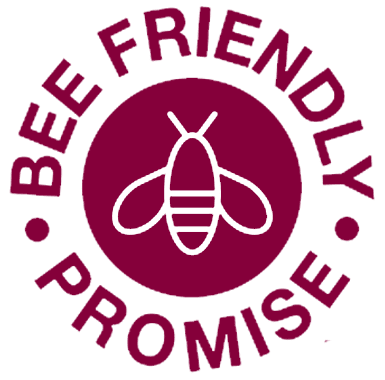

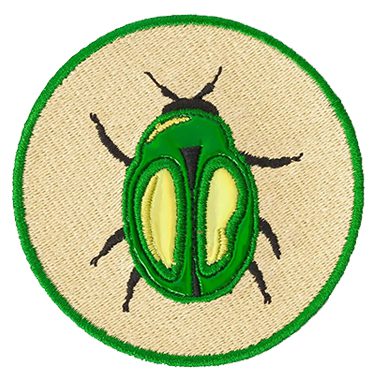
Irrigation practices influence egg-laying behavior significantly. Overwatered areas create ideal conditions for females seeking moist soil for egg deposition. Maintain consistent but moderate soil moisture levels through efficient watering schedules. Deep, infrequent watering promotes healthy root development while discouraging reproduction.
Proper turfgrass maintenance strengthens resilience against damage. Regular mowing maintains optimal height for maximum root development. Annual aeration improves soil drainage and reduces compaction that weakens plants. Appropriate fertilization schedules promote vigorous growth that better withstands feeding damage.
Pheromone trap placement requires strategic consideration to avoid attracting specimens to your property. Incorrectly positioned traps draw adults from neighboring areas, potentially increasing local populations. Professional placement through CSU Extension guidelines ensures traps complement rather than compromise overall suppression efforts. County extension offices provide additional resources for homeowner education and nursery recommendations for resistant plant varieties.
Why Colorado Trusts Solatera for Beetle Control
Local, Responsive, and Results-Driven

⭐⭐⭐⭐⭐

⭐⭐⭐⭐⭐

⭐⭐⭐⭐⭐

⭐⭐⭐⭐⭐
Book Your Japanese Beetle Control Service
Stop the Spread Before It Starts
Free property inspections identify current beetle activity levels and vulnerability factors specific to your landscape. Detailed assessments include grub population evaluations, host plant identification, and damage documentation. No-obligation consultations provide expert recommendations tailored to your property’s unique characteristics.
Emergency scheduling accommodates severe outbreaks requiring immediate intervention. Weekend and evening appointments available during peak beetle season when rapid response prevents extensive damage. Urgent service requests receive priority scheduling to minimize landscape destruction.
Licensed technicians provide immediate consultation and answer questions about beetle biology, treatment options, and prevention strategies. Expert advice helps property owners make informed decisions about beetle management approaches. Professional guidance ensures optimal treatment timing and application methods.
Don’t let Japanese beetles turn your Colorado oasis into their personal salad bar. Contact Solatera today for comprehensive beetle elimination that actually works.
